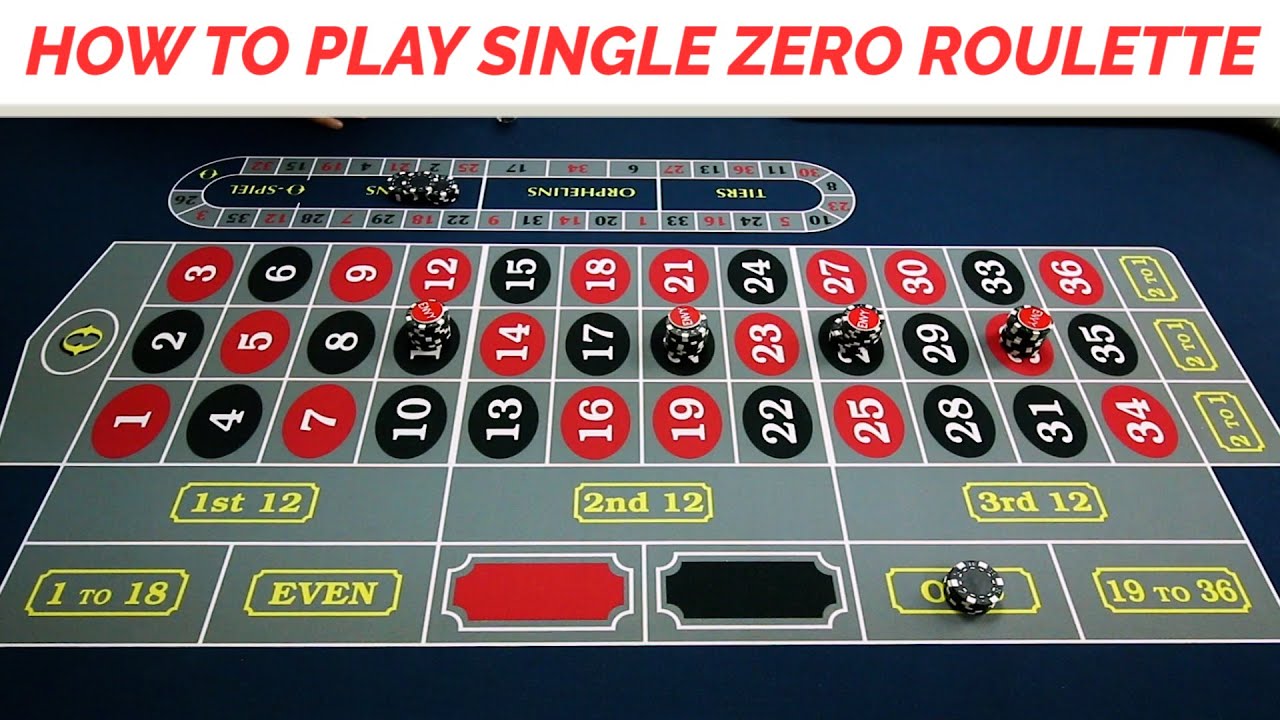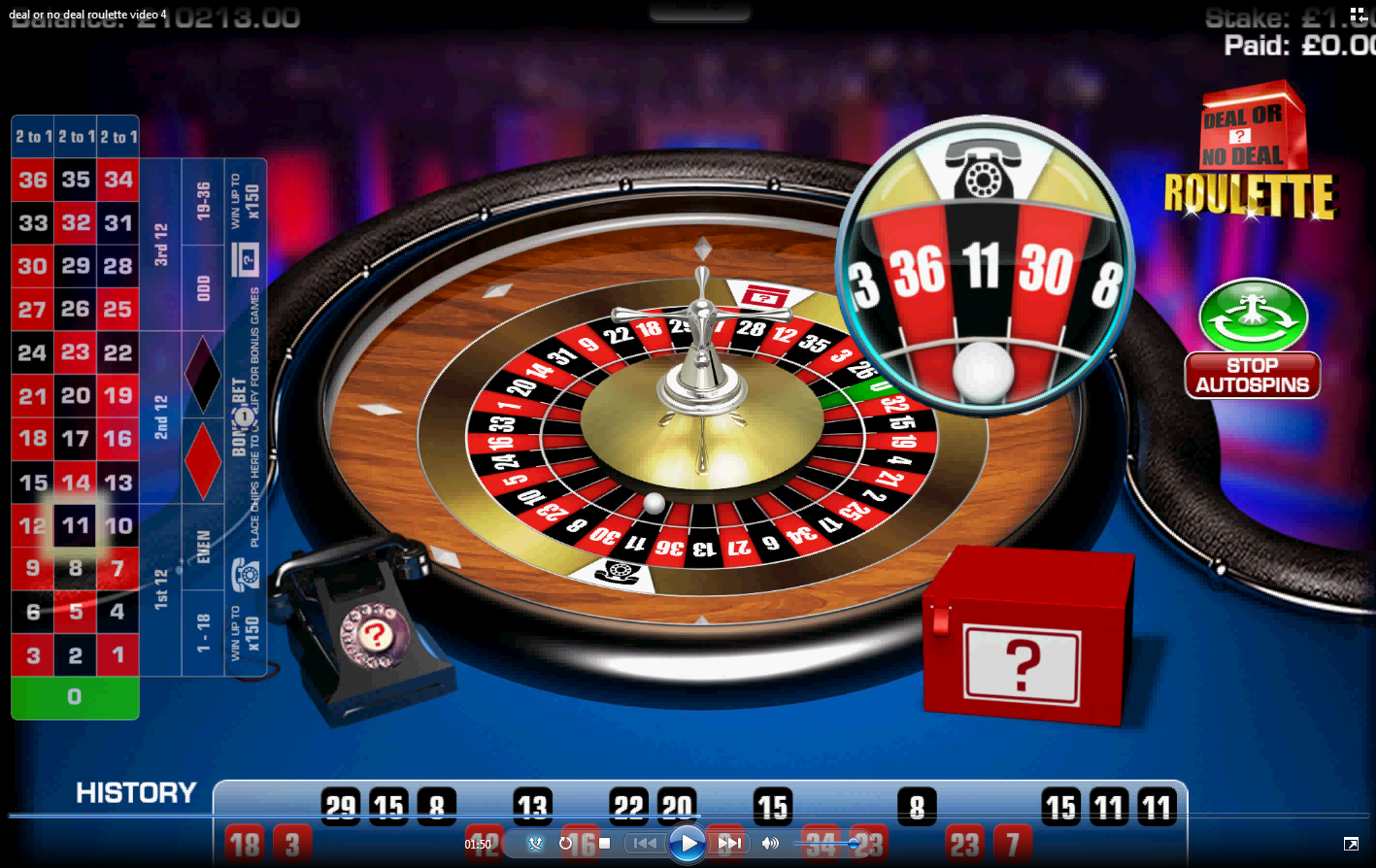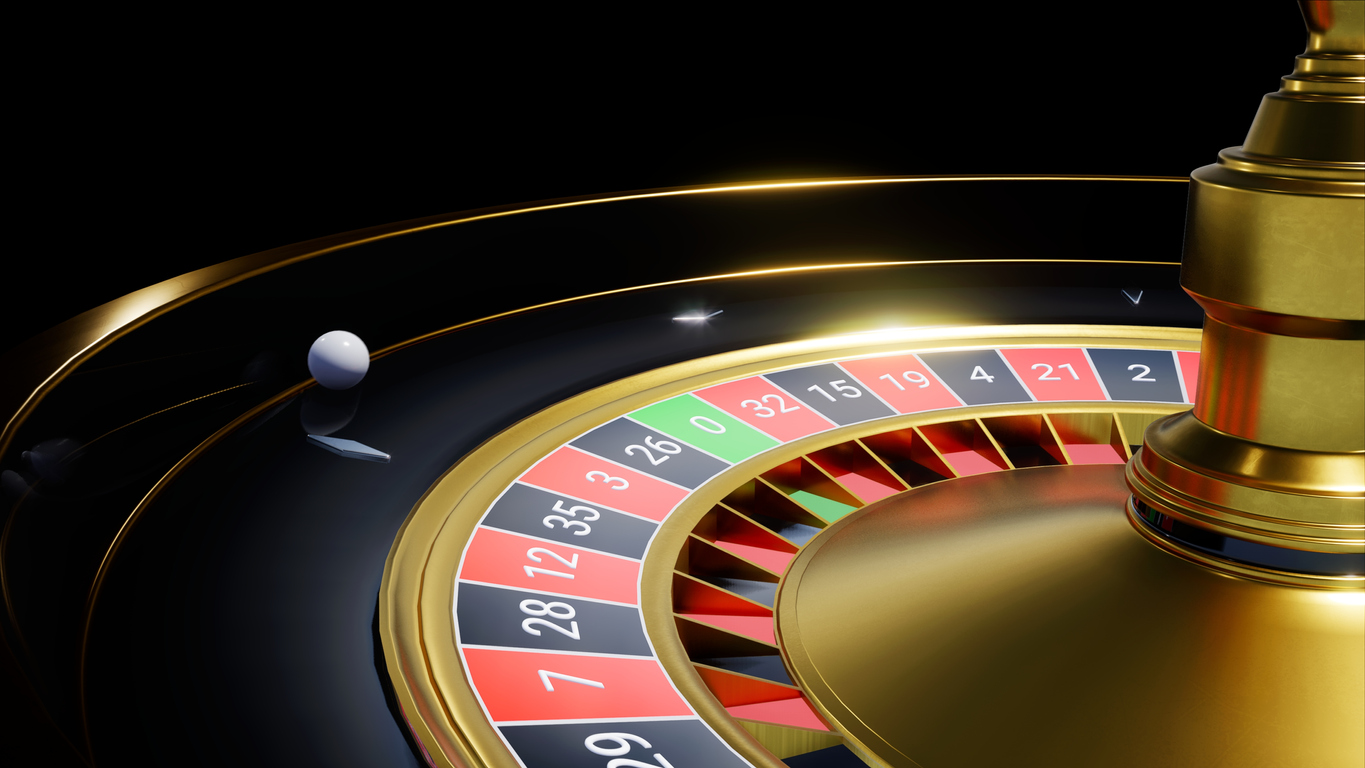Roulette’s hypnotic spin and clattering ball have lured players for centuries. But here’s the thing—not all roulette wheels are created equal. The European and American versions? They’re siblings with different personalities. One’s a bit friendlier to your wallet. The other? Well, let’s just say it keeps you on your toes.
The Basics: Same Game, Different Flavors
At first glance, European and American roulette look identical. A wheel. A ball. A betting table. But dig deeper, and the differences start piling up—like finding out your favorite coffee shop has a secret menu.
The Wheel Layout
European Roulette: 37 pockets (numbers 1-36 + a single zero). The numbers are arranged in a seemingly random order—though there’s actually a careful balance between red/black, high/low, and odd/even.
American Roulette: 38 pockets (numbers 1-36 + a single zero and a double zero). The extra pocket isn’t just cosmetic—it nearly doubles the house edge. Ouch.
The House Edge (Where Things Get Real)
This is where casual players get tripped up. That tiny double zero? It’s a wolf in sheep’s clothing.
| Game Type | House Edge |
| European Roulette | 2.70% |
| American Roulette | 5.26% |
Translation: For every $100 you bet in American roulette, expect to lose about $5.26 on average. In European? Just $2.70. Over time, that gap adds up—like choosing between a leaky bucket and a slightly less leaky one.
How to Play: The Nitty-Gritty Rules
Alright, let’s get practical. Here’s how the games actually play out at the table.
Betting Options (They’re Mostly the Same)
Both games offer identical betting layouts—inside bets (specific numbers) and outside bets (red/black, odd/even, etc.). But there’s one sneaky difference…
- European Roulette: Offers “La Partage” or “En Prison” rules on even-money bets (in some casinos). Lose a 50/50 bet? You might get half back or another spin.
- American Roulette: No such mercy. That double zero eats your chips without remorse.
The Spin, the Tension, the Payouts
Mechanically, the games feel identical. The dealer spins, the ball dances, and—wait for it—it lands somewhere. Payouts are standard:
- Single number (straight up): 35:1
- Red/Black, Odd/Even: 1:1
- Columns/Dozens: 2:1
But remember—the extra pocket in American roulette subtly shifts the odds against you. Like a magician’s sleight of hand, it’s easy to miss until you check your empty wallet later.
Strategy Tips: Working the Odds
Sure, roulette’s largely a game of chance. But there are ways to nudge luck in your direction—or at least, not against it.
If You’re Playing European Roulette
- Seek “La Partage” tables: This rule slashes the house edge on even-money bets to just 1.35%. It’s like finding a coupon for your losses.
- Stick to outside bets: The lower house edge makes red/black or odd/even bets less punishing over time.
If You’re Stuck With American Roulette
Maybe it’s the only table open. Maybe you like the thrill. Either way:
- Avoid the “Five-Number Bet”: That tempting “0, 00, 1, 2, 3” combo? Worst odds on the table (7.89% house edge). It’s the casino’s favorite trap.
- Bet the “Basket” sparingly: Similar to the five-number bet but slightly better (still a brutal 7.89% edge).
The Verdict: Which Should You Play?
Honestly? If you’ve got a choice, European roulette is the clear winner. That single zero makes all the difference—like opting for the express lane instead of the one with the chatty cashier. But if you’re in the U.S. and American roulette’s your only option? Just know what you’re up against. Play for fun, not fortune.
And hey—sometimes the thrill’s worth the extra risk. Just don’t say we didn’t warn you when that double zero shows up… again.




